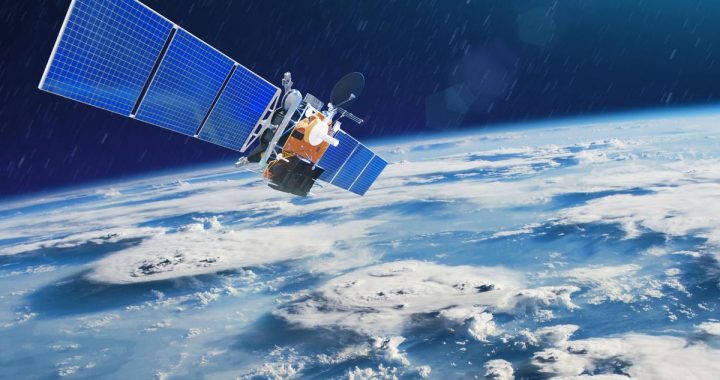Elon Musk’s SpaceX is testing direct texting from mobile to its low earth orbit satellites, a service that’s due to be rolled out by Optus this year. Once implemented, Optus customers can send text messages across its network even when there is no ground based (terrestrial) coverage.
The Australian telco is one of seven mobile providers that signed up to the service, in Optus’s case in July last year. “Optus and SpaceX plan to cover 100 percent of Australia,” Optus said at the time.
“Through its agreement with SpaceX, Optus will work to expand the reach of customers’ mobile connectivity to include the 60 per cent of Australia’s land mass that currently has no mobile coverage. This will be achieved through a phased rollout of SpaceX’s satellite capability, starting with SMS in late 2024, with voice and data to follow in late 2025.”
ChannelNews Australia reported a week ago that Telstra was testing a similar service by fledgling provided Lynk Global, which currently only has a handful of LEO satellites in service.
Both systems let consumers send SMS messages using their current phone without modification. That’s achieved by turning LEO satellites into mobile phone towers in the sky. Phones connect to their signals as they would a land-based mobile phone tower. It’s known as direct-to-device. A phone that can’t connect to a ground-based signal can quickly switch to a signal from lower space of the same frequency.
While this is feasible for SMS texting, it’s currently inadequate for many other services. Lynk Global cites a service speed of just 700 kilobits per second, below 1Mbps.
In contrast, Taiwanese chip maker MediaTek has developed a chip with a radio that can be built into future phones that uses beam forming to directly send a signal to a LEO satellite at higher speeds. MediaTek cited a download speed of 100Mbps using 50 Megahertz bandwidth from a satellite 600km above. The company wouldn’t disclose the current upload speed when asked at Mobile World Congress in Barcelona.
But it did indicate the upload speed would be significantly better.
Last year at MWC, MediaTek demonstrated making quality video calls to and from satellites with a prototype chip. However, the UK phone provider that would first carry the new chip, Bullitt, folded in January this year.
Speaking at Mobile World Congress in Barcelona, Brett Tarnutzer, Director, Satellite Policy at SpaceX, said the direct-to-device texting service was now in testing phase. It’s a different service to Starlink Internet. Some 6 SpaceX test satellites dedicated to the new project were launched on January 2 this year.
“In the most exciting places, certainly at Mobile World Congress, is the idea of direct-to-device satellite direct to your mobile handset unmodified. We’ve started that project, launching our first satellites earlier this year and have been testing (them),” he told a MWC seminar on satellite technology.
“You know there is a vast coverage gap. So marrying the satellite coverage ability with the mobile handsets is an amazing technology that will allow us to erase that coverage gap. So wherever you are, albeit with a clear view of the sky, you’ll be able to get connectivity.”
He said SpaceX extends a telco’s network by using the telco’s spectrum in places where there is no signal. “That is communicating to your mobile phone with the same spectrum bands that you would in an area where there are multiple base stations covered.
“We would just be their mobile base station from 550 kilometers above your head moving at 1600 kilometers an hour. And we actually can do that.”
He said the US Federal Communications Commission (FCC) had announced a framework for dealing with direct-to-device services and SpaceX had received an experimental authorisation to proceed. SpaceX had sent its first texts and first posts on the X (formerly Twitter) platform.
“The idea that your phone that’s in your pocket right now can communicate with one of our satellites that’s 500 kilometers above your head and get that communication back is amazing.
“I think you’ll see over the next year, a lot of testing and evolution. We have access to rockets to launch these satellites so I think you’re going to see a lot of iterations and evolution over the next year as we rebuild the satellites and launch more of them.”
Mr Tarnutzer said SpaceX was working in the US, Australia, New Zealand, Chile, Peru, Canada, and Japan to ensure protection against interference with adjacent services. “We can use different bands in the same country or different bands in different countries,” he told the seminar.
So the race is on. Direct-to-device vendors will have to find a way to drastically increase data speeds otherwise the solution will lie with chipmakers like MediaTek who can already offer faster services by inserting a chip in everyday smartphones.
Published by Channel News Australia, February 29, 2024.
